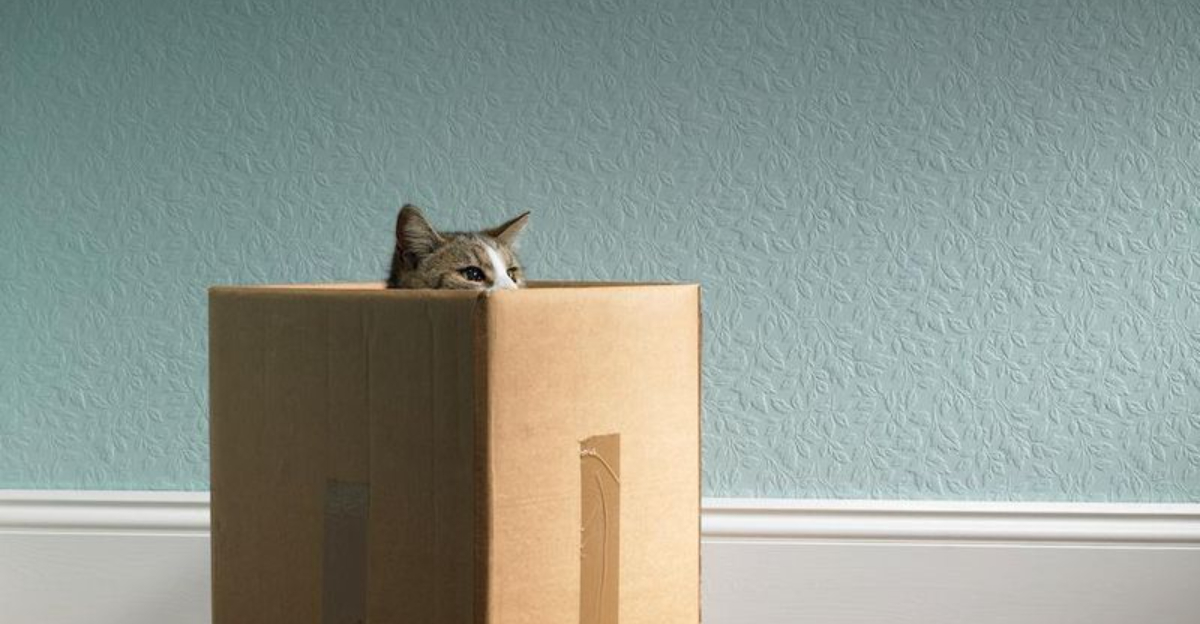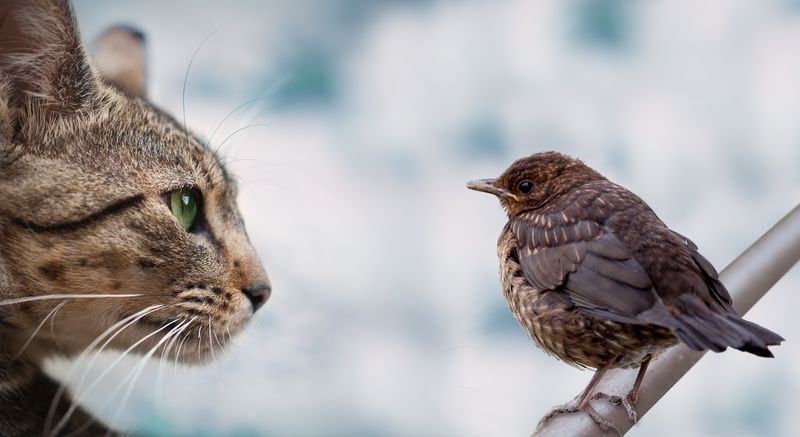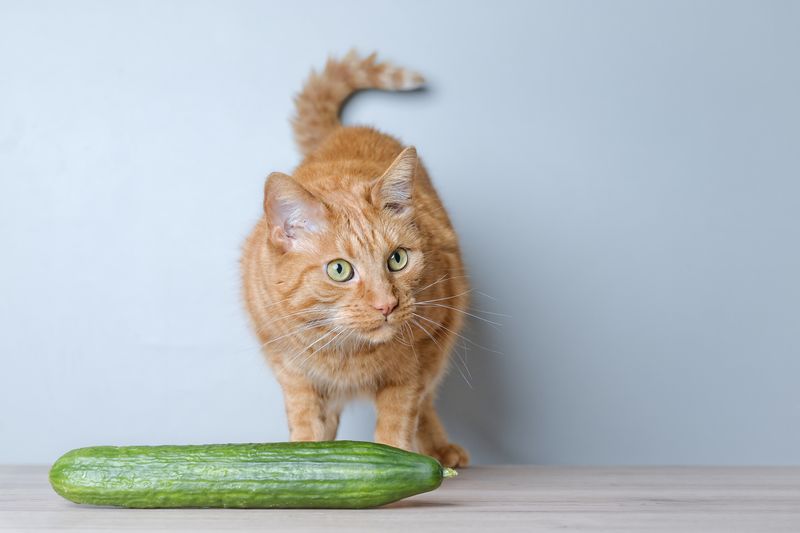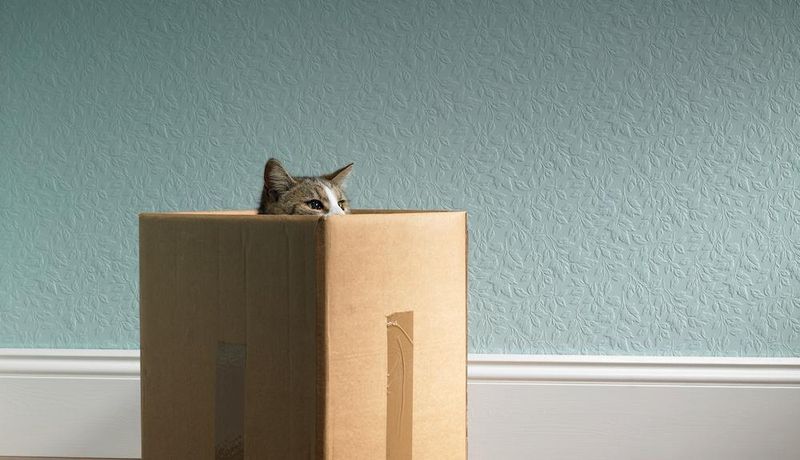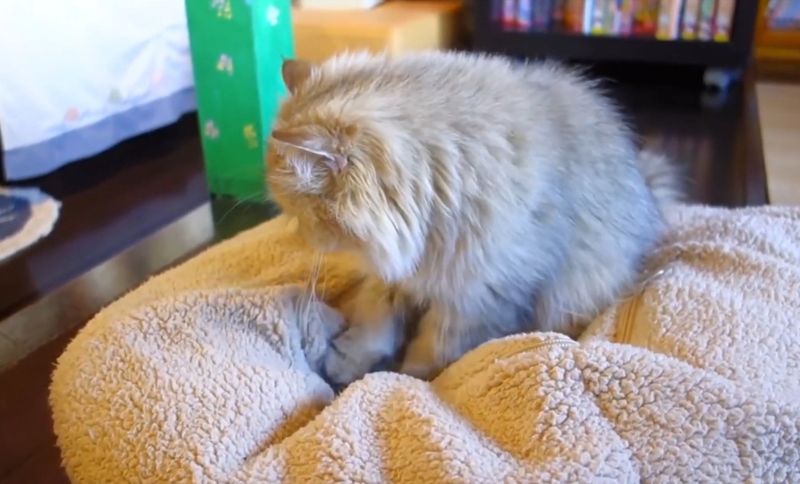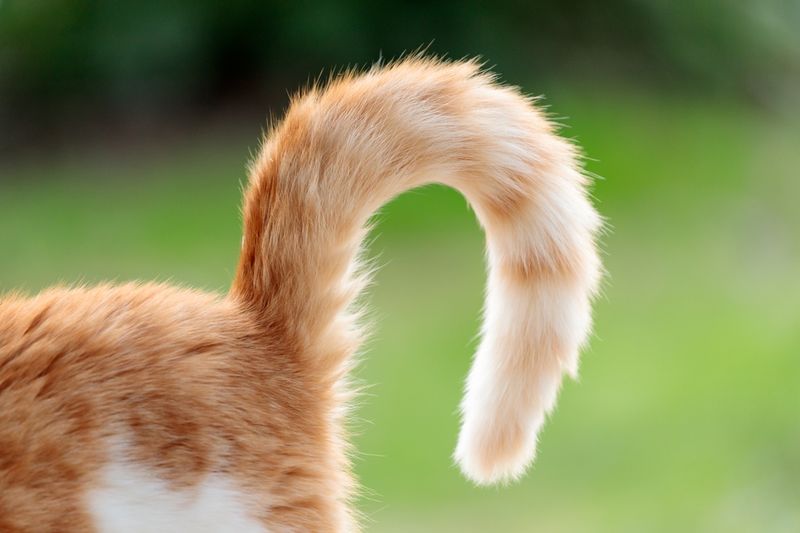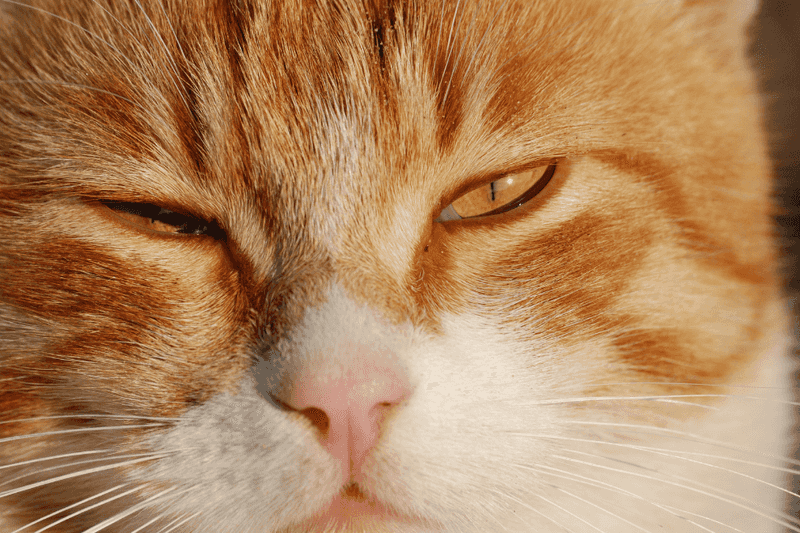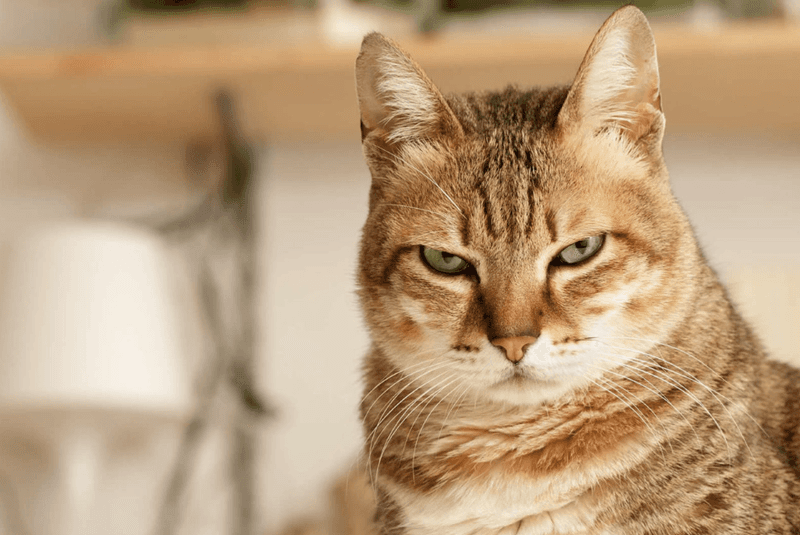📖 Table of Content:
Cats are some of the most fascinating and mystifying animals in the world of pets. Their behavior is equal parts puzzling and endearing, leaving even seasoned cat owners scratching their heads at times. While some feline quirks are universally acknowledged, others are often misread or misunderstood entirely, leading to unnecessary worry—or worse, missed opportunities to understand your cat better.
What seems like erratic or eccentric behavior can actually be grounded in feline biology or instinct. Many of the things cats do, from darting around the room like a maniac to gently nudging your head, are deeply rooted in communication, play, or evolutionary survival mechanisms. However, just because a behavior is common doesn’t mean it’s correctly interpreted—and distinguishing between the obvious and the obscure is key to a happier, healthier relationship with your cat.
In this article, we’re diving into five weird cat quirks that many people get totally wrong, followed by five that are generally understood correctly. By examining each behavior with context and clarity, you’ll gain a better appreciation for your pet’s idiosyncrasies. Whether you’re a new cat owner or a lifelong feline enthusiast, these insights will deepen your connection and help you read between the whiskers. Let’s start decoding these curious creatures.
1. The Infamous Cat Zoomies
Out of nowhere, your cat bolts across the house like it’s racing in a feline Grand Prix. While amusing, these “zoomies” are not just random spurts of energy—they often indicate pent-up physical or emotional stimulation. Many cat owners mistakenly assume their pet is scared or anxious when this happens, but it’s usually a sign that they need more playtime. The behavior is especially common in younger cats or those kept indoors without enough mental enrichment. Zoomies can also follow litter box use, signaling either relief or, in rare cases, discomfort that warrants a vet visit. Far from being meaningless chaos, these outbursts help cats burn energy and reset their internal state. Next time your cat streaks through the house, embrace their enthusiasm. It’s their way of saying, “I’m alive and I love it!”
2. Mysterious Chirping
Suddenly, your cat locks eyes on a bird outside the window and lets out a bizarre “chirp” or “chatter.” This sound is often misinterpreted as frustration, but it’s more likely an expression of predatory excitement and instinct. When a cat chirps, it may be mimicking the vocalizations of its prey, a tactic observed in wild feline species. Others theorize it’s a reflexive response, almost like a cat’s version of “gearing up” to hunt. What it’s not, however, is a cry for help or distress, despite its odd sound. The behavior typically occurs in front of windows or screens, where visual stimuli can’t be physically reached. Providing interactive toys can help fulfill that hunting drive in a safe, indoor setting.
3. The Obsessive Head Bumping
Known as “bunting,” this head-bumping behavior is often mistaken for just another cute quirk. In truth, it’s a powerful form of social bonding and territory marking using scent glands on a cat’s head. When your cat bumps you, it’s literally tagging you with its scent, claiming you as part of its family group. Many interpret it as a sign of affection—and they’re not wrong—but it’s also deeply territorial. Rather than brushing it off as random, understand that this action builds trust and familiarity. In multi-cat households, bunting can also be a way of establishing peaceful social hierarchies. Next time your cat nudges you, return the gesture with gentle pets or a soft greeting to reinforce the bond.
4. The Fear of Cucumbers
A viral internet trend made it seem like cats have a mysterious, irrational fear of cucumbers. In reality, it’s not the cucumber itself that’s terrifying, but the sudden appearance of an unfamiliar object behind them. Cats are highly sensitive to surprise, especially when something appears silently in their blind spot while they eat. The resemblance to snakes may trigger a primal fear response as well. Sadly, many people now use this knowledge for pranks, not realizing it causes genuine stress. The truth is, this behavior is not quirky or funny—it’s rooted in survival instincts. For your cat’s well-being, skip the cucumber trick and prioritize trust over shock value.
5. The Love of Boxes
To us, a cardboard box is nothing more than packing material—but to a cat, it’s a secure fortress. This behavior is often dismissed as a cute, silly obsession when it’s actually grounded in survival instincts. Enclosed spaces make cats feel protected from threats, offering a vantage point without exposing their vulnerable sides. Boxes also serve as insulation, providing warmth and comfort, particularly in drafty spaces. Studies have even shown that cats given access to boxes recover faster from stress. The appeal isn’t just psychological; the size and material provide sensory satisfaction as well. Next time you get a delivery, skip the toy aisle—your cat already sees the real prize.
1. Kneading Rituals
When a cat rhythmically pushes its paws into your lap, it’s a behavior most people recognize as a leftover instinct from kittenhood. Kneading mimics the motion kittens use to stimulate their mother’s milk flow during nursing. It’s generally understood as a sign of comfort, relaxation, and contentment in adult cats. Often accompanied by purring and droopy eyes, kneading is a clear indication that your cat feels safe. Though it can sometimes be painful—thanks to sharp claws—it’s almost always meant as a compliment. Some cats even knead on soft surfaces like blankets, pillows, or your favorite sweater. Providing a designated soft area can help protect your skin while honoring the ritual.
2. Tail Quivers
A twitching or quivering tail, especially when your cat stands upright, is often read correctly by owners as a sign of excitement or affection. This behavior is particularly common during greetings or when marking territory with scent. The quiver can mean your cat is happy to see you, preparing to spray (especially in unneutered males), or simply overwhelmed by emotion. Cats use their tails as communication tools, and a quiver is one of the more expressive gestures. When combined with purring or rubbing against you, it’s likely a positive sign. Observant owners usually pick up on this body language and respond accordingly. Watching your cat’s tail can reveal a lot about their current mood and intentions.
3. The Mysterious Slow Blink
Known as the “cat kiss,” the slow blink is a universally acknowledged sign of feline trust and affection. Cats use this gesture to communicate peaceful intentions, often with both humans and other cats. Pet owners who return the slow blink often notice their cat responding in kind, solidifying the mutual bond. Unlike staring, which is confrontational in cat language, slow blinking is the epitome of feline friendliness. Most people instinctively understand the calm vibe it conveys, even if they don’t know the scientific explanation behind it. It’s a simple but powerful form of non-verbal communication. Practicing the slow blink with your cat can help strengthen your relationship without saying a word.
4. Purring Paradoxes
A soothing sound that instantly brings joy to cat lovers, purring is one of the most widely understood behaviors. Generally interpreted as a sign of contentment, this low rumble often happens during petting or relaxation. What many people also recognize is that cats purr when in pain or distress, using the frequency as a self-soothing mechanism. This duality doesn’t confuse most owners—it actually makes purring even more fascinating. While it can signal mixed emotions, context usually reveals the reason behind the hum. For example, a purring cat at the vet might be trying to calm itself rather than express happiness. Listening closely and observing body language can provide important clues.
5. The Unwavering Staring
Unflinching eye contact from a cat is typically read correctly as either a challenge or intense curiosity. Unlike the slow blink, a direct stare can indicate focus, dominance, or alertness. Many people instinctively feel unsettled by it—and with good reason, as in cat language, staring is serious business. Cats may lock eyes with prey, rivals, or even their human companions to establish boundaries. Owners usually understand that breaking eye contact is the right move unless trust has been firmly established. This stare can also signal anticipation, like waiting for food or a toy. Paying attention to the rest of your cat’s body language can clarify the intent behind the gaze.
